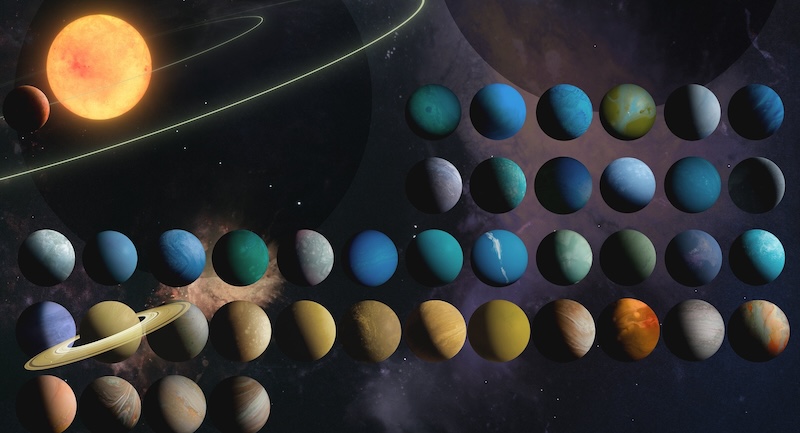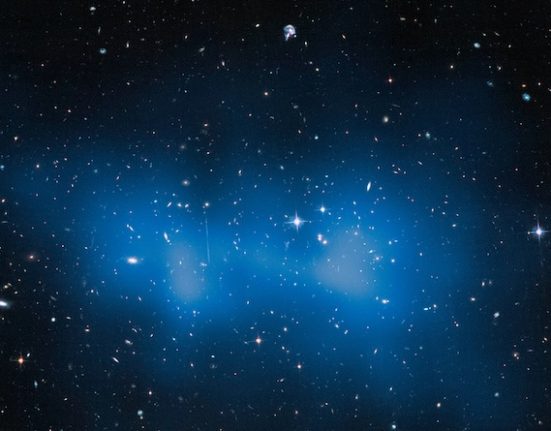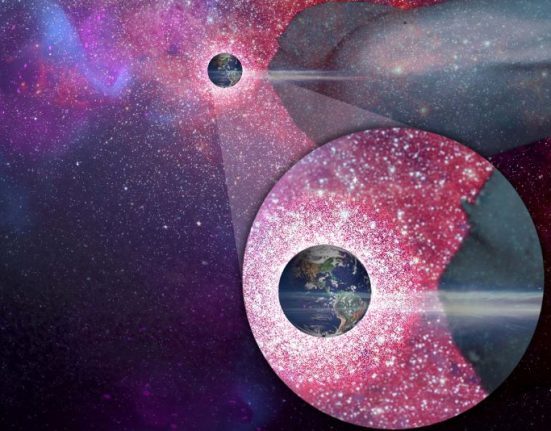
- A new catalog contains 126 newly discovered exoplanets. NASA's publication contains 120 confirmed exoplanets and six candidates awaiting confirmation.
- Planets go from extremes with scorching temperatures and short orbits, to others that may be potentially habitable.
- The discoveries will help astronomers. better understand planetary formation and compare the new planets with those in our own solar system.
New catalog shows 126 exoplanets
Just a few decades ago, astronomers didn't know if there were planets beyond our solar system. Now, thousands of these worlds – called exoplanets – have been discovered. An international team of researchers has published a new NASA exoplanet catalog featuring 126 newly discovered exotic exoplanets. The researchers saying on May 23, 2024, that the catalog includes a wide variety of planets. Some are extreme and uninhabitable, while others can potentially sustain life. Detailed measurements will allow astronomers to compare them with planets in our own solar system.
The astronomers used NASA's Transiting Exoplanet Survey Satellite (TESSA) and the W. M. Keck Observatory in Hawaii. They published his peer reviewed results in The Astrophysical Magazine on May 23, 2024.
126 newly discovered worlds in the exoplanet catalog
The catalog contains 120 newly confirmed planets and six candidates. The catalog is unique because it contains measurements of both the mass and radius of the included exoplanets. Stephen Kane from the University of California, Riverside, is an astrophysicist and principal investigator of the TESS-Keck study. He fixed:
Relatively few of the exoplanets known so far have a measurement of both mass and radius. The combination of these measurements tells us what the planets might be made of and how they formed. With this information, we can begin to answer questions about where our solar system fits into the greater tapestry of other planetary systems.

strange worlds
As with other exoplanet discoveries in recent decades, the types of planets in the new exoplanet catalog vary widely. Some are extreme and unlikely to support life, while others are potentially habitable. The findings further confirm that planets can form and evolve in many diverse ways. Some are similar to planets in our own solar system, while others do not resemble any of our sun's family of planets.
An example is TOI-1386 b. This is what astronomers call sub-saturn, and orbits a star similar to the sun. It has a radius and mass between those of Saturn and Neptune. These planets have been difficult to find until now. Co-author Michelle Hillgraduate student at the University of California, Riverside, said:
There is an ongoing debate about whether sub-Saturn planets are really rare or if we are just bad at finding planets like these. So this planet, TOI-1386 b, is an important addition to this demographic of planets.
Like many other exoplanets discovered, TOI-1386 b orbits very close to its star. In fact, it completes an orbit in just 26 days. Another planet in the same system takes 227 days to complete one orbit. It has almost the same mass as Saturn. Hill and his colleagues published his own article on these two worlds on March 13, 2024, in The astronomical magazine.
Planets smaller than Neptune are the most common
Another planet, TOI-1437b, also orbits a sun-like star. It is about half the size of Neptune and orbits once every 19 days. Main author of that article, Daria Pidhorodetska, is also a graduate student at the University of California, Riverside. As Pidhorodetska noted, these planets are common, although there are none in our own solar system:
Planets smaller than Neptune but larger than Earth are the most common worlds in our galaxy, but they are absent from our own solar system. Every time a new one is discovered, we are reminded how diverse our universe is and that our existence in the cosmos may be more unique than we can understand.
More planets orbiting Sun-like stars
Most of the stars in our galaxy are red dwarfs. And most of the exoplanets found so far are around those stars. Therefore, finding new ones that orbit stars similar to the Sun is exciting and scientifically important. It also makes it easier to compare those planets to the planets in our solar system. Kane added:
Then we can make apples-to-apples comparisons. That's the interesting part about the articles put together by Michelle and Daria, because they allow it.
A planet with a 12-hour year.
There are some even more extreme planets in the exoplanet catalog. TOI-1798c, a super earthorbits its orange dwarf star in just 12 hours. Being so close to their stars, the planets are extremely hot and irradiated. Alex PolanskiLead author of the University of Kansas catalog article said:
TOI-1798 c orbits its star so quickly that a year on this planet lasts less than half a day on Earth. Due to their proximity to their host stars, planets like this are also ultra-hot, receiving more than 3,000 times the radiation that Earth receives from the sun.
Rocky planets orbiting so close to red dwarfs are in danger of having their atmospheres stripped by radiation. The same goes for TOI-1798 c, as Polanski noted:
Existing in this extreme environment means that this planet has likely lost the atmosphere it initially formed.

Is our solar system unusual?
We've come a long way from not knowing if other planets exist to finding thousands of worlds. Some of them are like nothing ever seen before. In such a huge universe, it seems that planets of almost any type imaginable are possible. Now, astronomers can begin to compare these planetary systems to our own and discover how unique (or not) our solar system really is. Kane said:
Are we unusual? The jury is still out on this question, but our massive new catalog represents an important step toward answering that question.
Bottom line: A new NASA exoplanet catalog reveals 126 newly discovered worlds ranging from scorched wastelands to ones that may support life.
Source: TESS-Keck survey. XX. 15 new TESS planets and a uniform RV analysis of all survey objectives
Read more: Exoplanets are worlds that orbit other stars.
Read more: Rocky exoplanets can form in the most extreme environments













Leave feedback about this